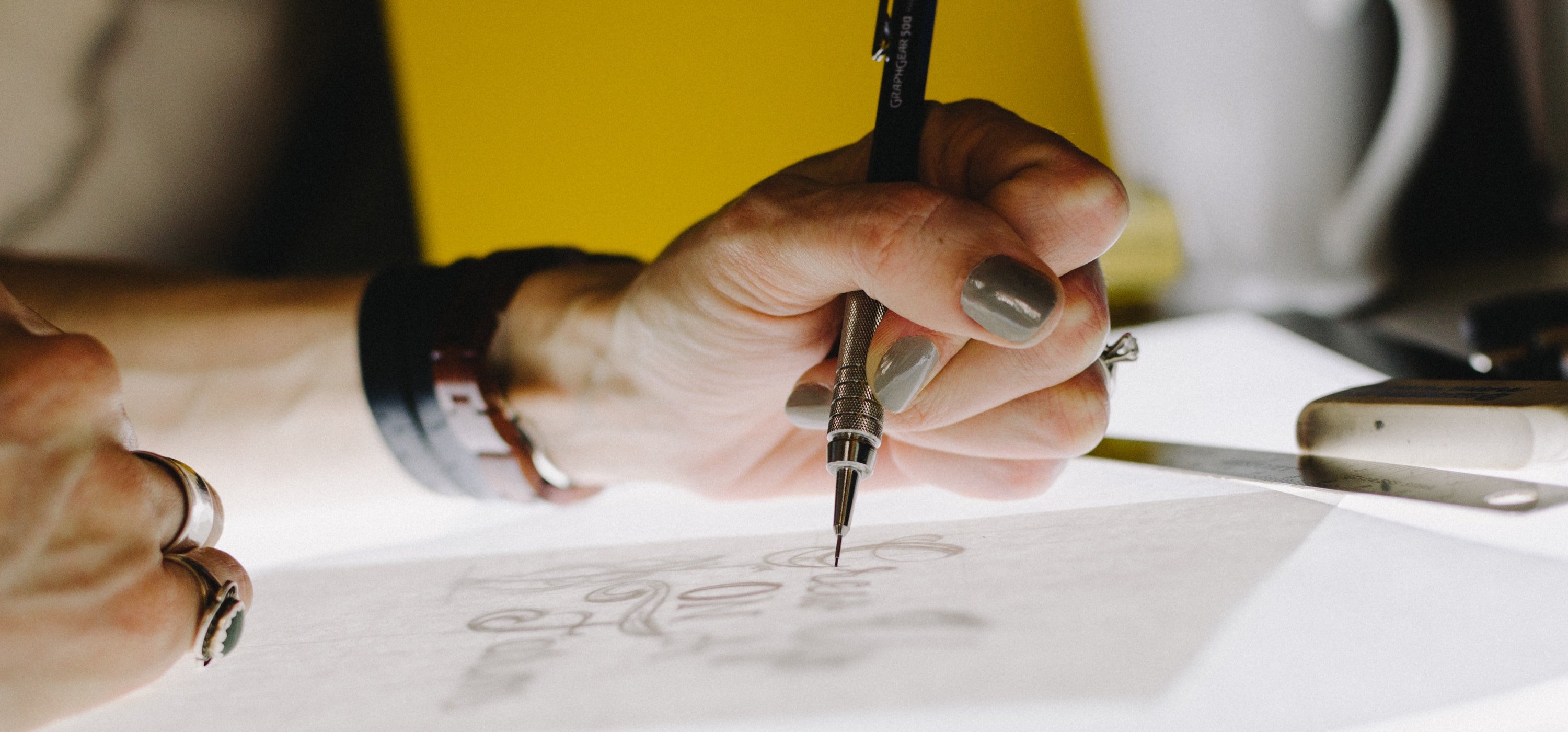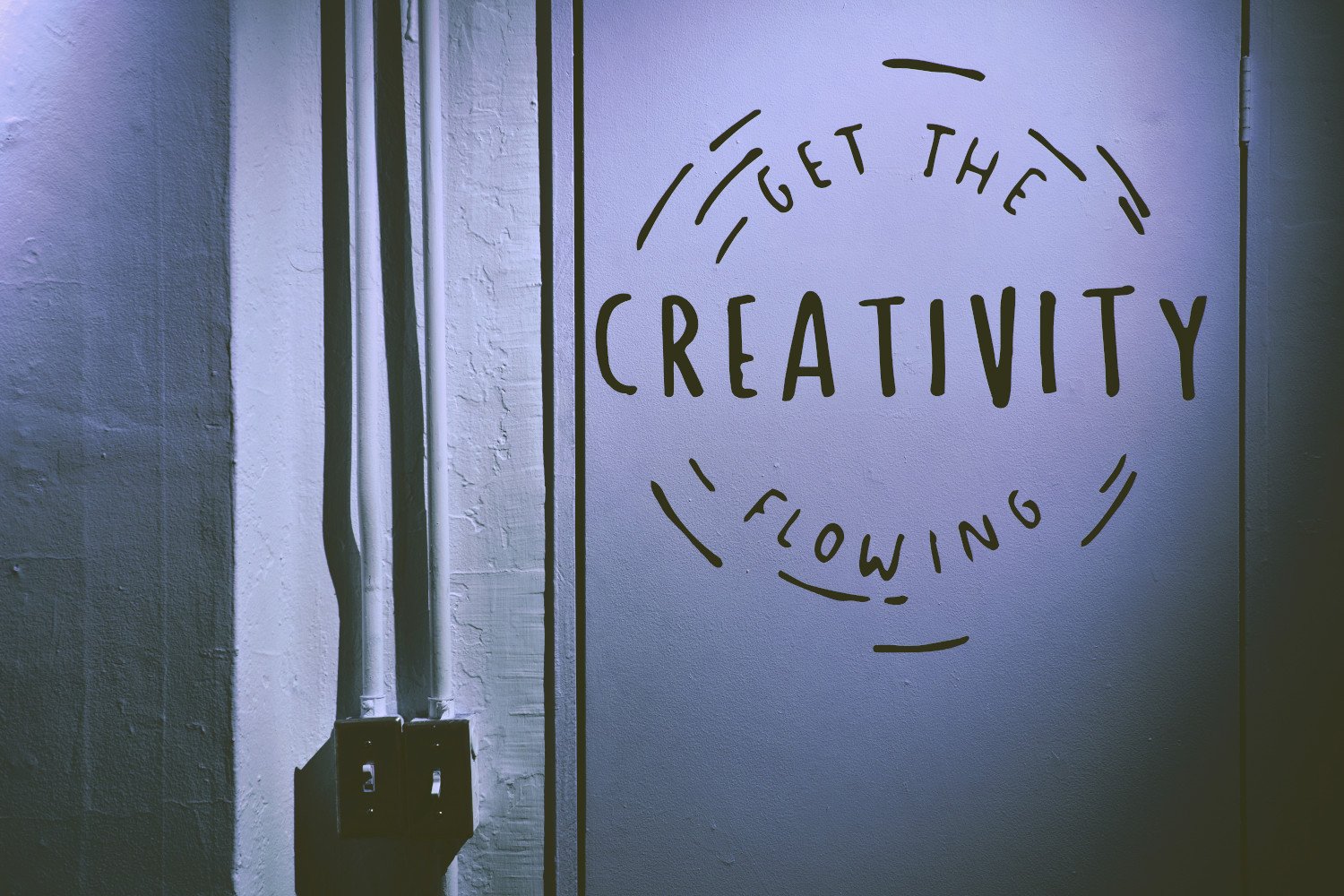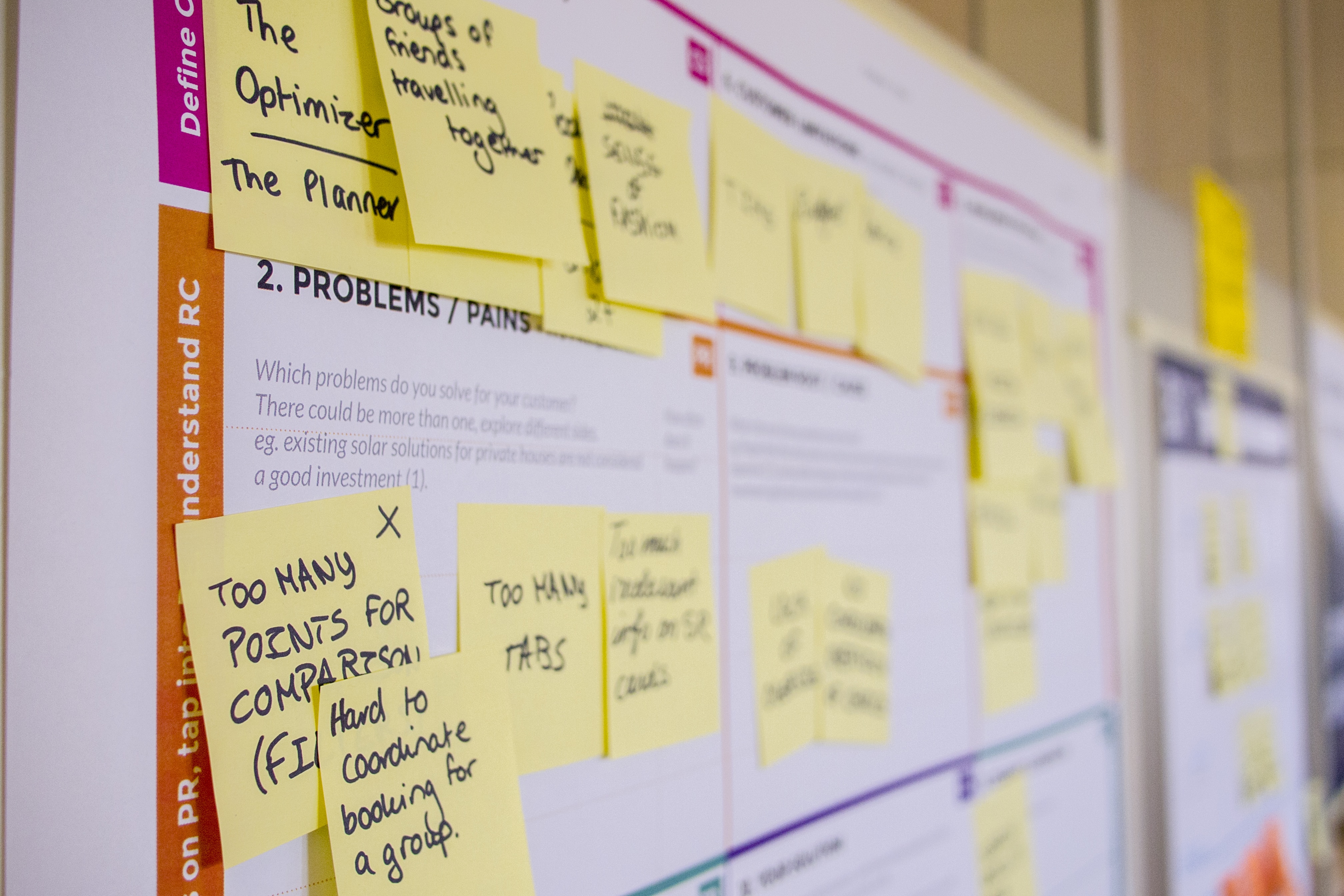Design is no longer only about creating a pixel-perfect page. If you're familiar with today's software market, you know firsthand that the standards for what makes a quality app have risen drastically. Most users expect ease of use, a fast loading time, and intuitive interaction that delivers real value.

Table of Contents:
2. What is design thinking and why do I need it?
3. How and when you should use design thinking in software development
4. The downside of design thinking.
5. What's the difference between Agile and Design Thinking (and which one should I be using?
Introduction
A software product isn't just there to solve a problem anymore. It's there to provide insight in an appealing and convenient way, but also to create a positive experience that compels the user to return to it.
There's an increasing need for combining aesthetics with functionality, but also with an empathetic understanding of what a user really needs and wants.
This demand has given rise to a new strategy for innovation.
We're talking about design thinking.
You've probably heard of this process by now, and you'll most certainly hear more about it in the future.
In today's article, we're going to look at the what, when and how of design thinking. We'll find out how it can be used in software development, what benefits it brings to the table, but also how it compares with other popular methodologies. 👇
What is design thinking and why do I need it?
Design thinking is a holistic approach that focuses on simplifying and optimizing your product so that it exhaustively and interactively meets a wide range of user needs.
It is a client-centered method that focuses on empathizing with the user and going beyond a superficial understanding of what they want.
It aims to de-clutter, maximize performance and reduce friction so that every interaction the user has with the app flows smoothly in a way that is both functional and emotionally meaningful.
Put simply, design thinking means that before you start working on a solution for your business or clients, you ask the question: "what is the human need behind this product?"
Here are the main stages of this relatively new process:
1. Empathize
This first stage refers to gaining an in-depth understanding of your customer's needs, wants, and expectations when interacting with your product.
2. Define
Next, what you want to do is to outline a clear-cut definition of those wants and what issues your product needs to solve in order to make and keep users happy.
3. Ideate
After recognizing the challenges your customers face, you need to come up with relevant ideas and smart solutions to their problems in order to start building your first draft.
4. Iterate
Once you've set up a prototype, you'll need to test its efficiency.
You'll now enter an iteration process where users interact with the new product and you gather consistent feedback on their experience. During this phase, you’ll be fixing bugs, simplifying features, adding extra ones that make sense to your users and focusing on what can be improved.
Essentially, you’ll use hard data to make smart changes that boost profit, sales, and customer satisfaction.
So now that we’ve covered all of the stages of design thinking, how can this method be used to improve your product development process?
Let’s see. 👇
How and when you should use design thinking in software development

The main benefit of design thinking is this: it helps you put yourself in your client's shoes.
This is key to software development success because you need to be able to look at each and every feature you implement from the user's perspective.
Using design thinking to develop your product helps in two ways: it breeds collaboration and it allows for constant improvement.
Firstly, design thinking is a cooperative effort. Its focus is on the project itself, which means that everybody in the team has the opportunity to contribute and provide input, regardless of their rank.
It also means that teams have to sit down with each other, work together and come up with key strategies that drive results.
Secondly, design thinking turns "failure" into feedback. It encourages constructive criticism and emphasizes shortcomings in order to overcome them. Each piece of information received from a user about their experience is treated as valuable insight and used to improve the platform.
These two approaches combined, lead to more flexibility and clarity, fewer surprises, and consistent growth.
But when should you use design thinking (instead of other methodologies)?
Here are 3 cases where design thinking yields the best results:
- when your product has a human-centered focus
Hospitals and health care providers often use design thinking to improve patient experiences. This is because design thinking is most useful in a setting where you need to understand the human aspects of a challenge.

Another example is IBM, who adapted design thinking to solve scale and speed issues with their company. The results speak for themselves, as the business mogul saw a 301% increase in ROI over the last three years since switching to the new method.
- when you need to build upon initial features
It’s no secret that design thinking is behind some of Google’s most innovative products. The giant uses this methodology to teach both individuals and teams to think creatively and add new, high-value features in a system that’s already well-established.
The reason why design thinking might work better than agile in this scenario is that the former focuses more on creativity and innovation within the context of the user’s wants.
It doesn’t just channel resources to quickly adapt and solve a wide range of challenges that come up, but rather it zooms in on those issues that are most pressing to fix and redirects resources to the features that will add the highest value to the user.
- when you need to tackle a complex challenge (that relates to human behavior and patterns)
Design thinking is the go-to method for complex projects that relate to human habits and emotions. What this means is that it’s good for problems that are either not fully understood or don’t have a clear solution that’s been proven to work.
For challenges that require a lot of experimenting, design thinking works better than agile because it’s not just cross-functional, it implies an interdisciplinary understanding of user needs. It’s not just about solving problems for your customers, but about identifying and solving the right problems for them.
Take for example IDEO, a company that used design thinking in their collaboration with Apple and created the first usable mouse in 1980. Combining a user-centered approach with advanced problem solving, design thinking is known to drive innovation.
When agile focuses on being efficient (on getting more work done, writing more code, completing more tasks), design thinking focuses on being effective and ultimately relevant to the user (on finding that one or two features that will have a huge impact on the user).
Whatever the instance, wherever you decide to use it, it’s clear that design thinking comes with a lot of benefits.
But what are some of the drawbacks to using this approach in your product development?
The downside of design thinking
Design thinking is known as a process for creative problem solving and innovation.
It fosters a system for constant improvement that not only significantly increases ROI, but also the quality of the user's experience.
Although it comes with many advantages, design thinking does have its shortcomings:
- design thinking requires patience and a lot of experimenting
- design thinking involves a higher risk than other methods
- design thinking doesn't leave a lot of room for "best practices"
- design thinking is more open-ended and requires a lot of feedback from clients (which might get draining over time for both your team and your customers)
All of these aspects are important to consider before deciding on what methodology is best to use for your product.
This brings us to the next question: 👇
What's the difference between Agile and Design Thinking (and which one should I be using?)
You might think that "design thinking definitely has its benefits, but it's basically just a glorified extension of Agile".
Well, the answer to this would be both yes and no. Indeed, design thinking has a lot of similarities with Agile, and both methods are based on continuous improvement and iteration.
However, Agile and design thinking only happen to intersect, they don't overlap when it comes to product development.
Here's a simple way of looking at it: design thinking deals with the what and why of product development (why are these customer-centered issues emerging and what techniques, methods, and tools will you use to solve them), whereas Agile refers more to the how of software development (how will you deliver these changes).
In even more simple terms, design thinking is all about using creative strategies to identify solutions for common problems users face.
Agile is a comprehensive framework that includes regular sprints, reassessments, and incremental delivery of your product.
Here are the key differences between the two methods:
1. Agile always delivers a product increment that is usable, whereas an early sprint in design thinking can simply mean an initial draft, a prototype that isn't functional or ready for release yet.
2. Agile begins with developing solutions. On the other hand, design thinking places much more emphasis on identifying the problems first and coming up with a prototype that solves them before jumping into development.

3. Agile ensures that everybody has explicit responsibilities and roles. However, design thinking does not have a clearly defined team or structure. The latter drives collaboration and allows employees from all departments to contribute with much less regulation involved.
What are your thoughts on these methods?
Do you use Agile, design thinking, or a combination of both?
We'd love to hear what methods have worked best for you to get you the results you want.
So if you're interested in optimizing your workflow, take a look at some of our success stories or get in touch with us and let's have a conversation about how you can streamline your software development process.






